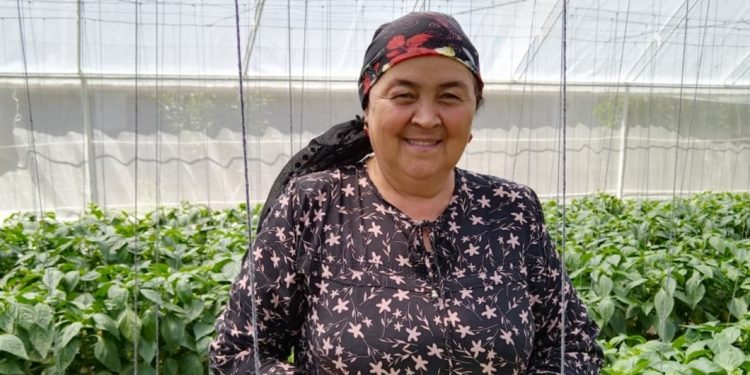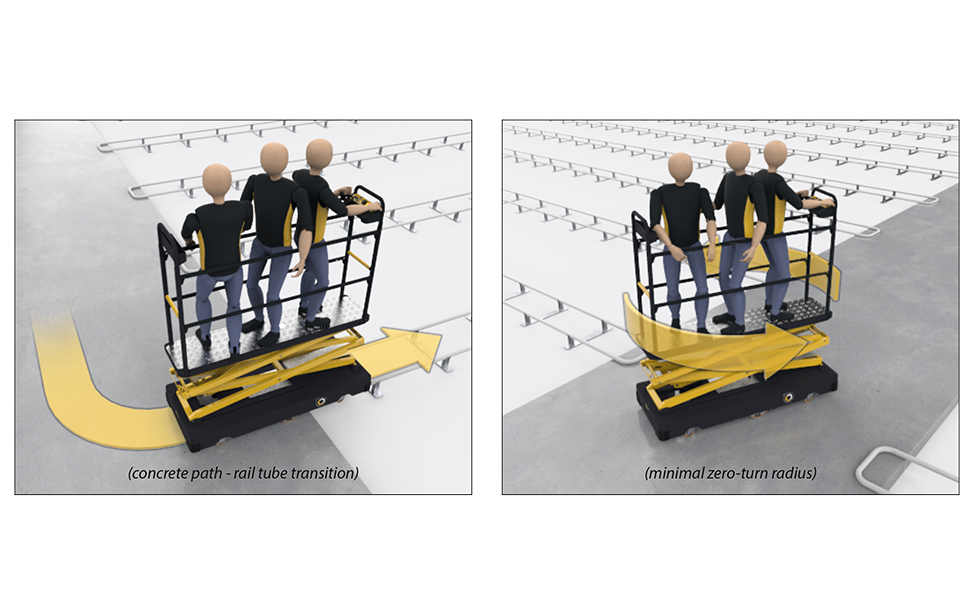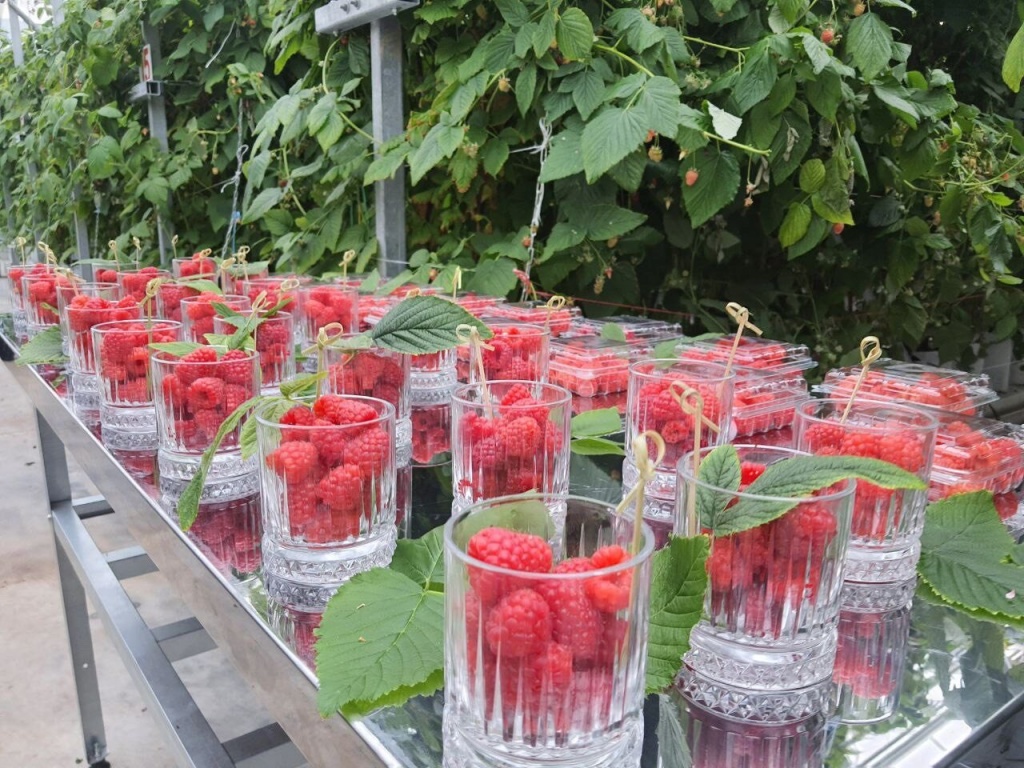When we hear about increasing food production with the help of so-called “smart” agriculture, we imagine something related to artificial intelligence, robots and “big data”, but the optimization of agriculture does not always depend on the latest technologies. In the case of small farms in rural areas, the “smart” approach often involves finding economically affordable and original ways to increase crop production with efficient use of natural resources and without harm to the environment.
The FAO project “Smart Agriculture – for the Future Generation” with a budget of 3.4 million dollars, funded by the Government of the Republic of Korea, helps dozens of families in rural areas of Uzbekistan and Vietnam to increase agricultural greenhouse production so that they can produce more food using less pesticides, mineral fertilizers and water, with less labor and in a safer way.
The main idea is to increase the efficiency of greenhouses by taking into account five interrelated aspects: climate control, pest and disease control, irrigation, plant nutrition and cultivation methods.
The project involves rational scientific recommendations and scientifically based solutions, both traditional and modern. They are aimed at turning greenhouse farms into successful enterprises, which will increase the incomes of their owners, expand the employment opportunities of local residents and make possible the year-round production of more diverse, affordable and safe food products.
“We have seen high-tech greenhouses in which large sums were invested, but at the same time their productivity was low, because they did not take into account local specifics. Low–cost systems, such as these optimized greenhouses, allow you to harvest more crops with less resources,” says Melvin Medina Navarro, the project’s lead technical specialist.
Intelligent solutions
When FAO experts first began to study households with low and irregular incomes in three pilot rural areas of Uzbekistan, they found that outdated and inefficient methods of greenhouse cultivation of fruits and vegetables were practiced in them.
For example, pollination was carried out manually, and harmful pesticides were used in large quantities. Greenhouses were coated with clay to create shade and lower the temperature inside during the hottest months, when daytime temperatures can reach 42 degrees Celsius.
“First of all, it is proposed to use new cover materials,” says agronomist Khairulla Esonov, who participates in the FAO project.
The greenhouses were covered with a polyethylene film with special additives that are highly durable, reflect ultraviolet radiation, reduce dust and prevent condensation.
Special sticky traps and mosquito nets were used to control pests and diseases. The land around the greenhouses was cleared of weeds, and disinfection floor coverings and a system of double doors were installed to combat viruses and bacteria.
The use of water resources has been optimized through the use of drip irrigation systems consisting of electric water pumps, filters, water tanks and drip lines, thanks to which soluble nutrients are applied more efficiently, reaching directly to the root system of plants.
In addition, each beneficiary was given water quality measuring instruments. According to the results of the analyses, it was revealed that the water used for irrigation in all three pilot areas has excessively high acidity levels. Now work is underway to improve these parameters by adjusting the volume of fertilizers and adding special acids to the water .
Even Mother Nature herself helps: instead of laborious and inefficient manual pollination, earth bumblebees are now used.
Life-changing results
Such changes, combined with technical assistance provided by FAO, have taken greenhouse management to a new level, which in some cases has produced impressive results. The initial goal of the project was to increase vegetable production by at least 20 percent. However, during the first agricultural cycle, the increase in the yield of tomatoes and sweet peppers was 90 and 140 percent, respectively.
Nigora Pulatova, one of the farmers involved in the project, was surprised to receive the same harvest, despite the fact that she used half as many seedlings as other farmers. In addition, the quality of vegetables has significantly improved in terms of size, shape, color and the absence of pesticide residues, which allowed farmers to sell their products at a much higher price.
Another farmer participating in the FAO project was Matluba Alimbekova, a mother of five children from the Andijan region of Uzbekistan. Matluba grows tomatoes, cucumbers, sweet peppers, garlic and herbs, but previously she constantly lost almost half of the crop due to pests and diseases. This year she planted a new variety of sweet pepper “anetta”, which is better suited to local conditions, and has already harvested more than two tons of harvest and earned about $ 1,100. Currently, she collects more than 90 kilograms of pepper every week and plans to plant radishes in November to earn more income in the winter season.
“The project has helped our family a lot, our income has increased,” says Matlyuba.
Previously, half of Matlyuba Alimbekova’s earnings went to cover production costs, but thanks to the project in the field of “smart” agriculture, they now amount to less than 20 percent.
Further, the project will carry out market assessment, modernization of laboratories in the field of food safety and training of local experts in order to increase the volume and profitability of exports of fresh vegetables and continue the transformation of rural areas using economically accessible and reproducible methods.
A source: https://news.un.org












